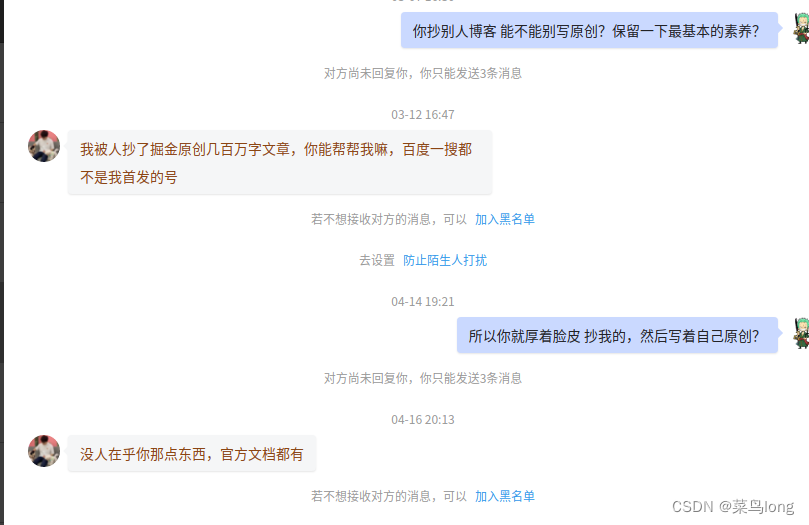概述
我们都知道Mybatis在插入单条数据的时候有两种方式返回自增主键:
1、对于支持生成自增主键的数据库:useGenerateKeys和keyProperty。
2、不支持生成自增主键的数据库:<selectKey>。
但是怎对批量插入数据返回自增主键的解决方式网上看到的还是比较少,至少百度的结果比较少。
Mybatis官网资料提供如下:
First, if your database supports auto-generated key fields (e.g. MySQL and SQL Server), then you can simply set useGeneratedKeys="true" and set the keyProperty to the target property and you're done. For example, if the Authortable above had used an auto-generated column type for the id, the statement would be modified as follows:
<insert id="insertAuthor" useGeneratedKeys="true"
keyProperty="id">
insert into Author (username,password,email,bio)
values (#{username},#{password},#{email},#{bio})
</insert> id="insertAuthor" useGeneratedKeys="true"
keyProperty="id">
insert into Author (username,password,email,bio)
values (#{username},#{password},#{email},#{bio})
</insert>If your database also supports multi-row insert, you can pass a list or an array of Authors and retrieve the auto-generated keys.
<insert id="insertAuthor" useGeneratedKeys="true"
keyProperty="id">
insert into Author (username, password, email, bio) values
<foreach item="item" collection="list" separator=",">
(#{item.username}, #{item.password}, #{item.email}, #{item.bio})
</foreach>
</insert> id="insertAuthor" useGeneratedKeys="true"
keyProperty="id">
insert into Author (username, password, email, bio) values
<foreach item="item" collection="list" separator=",">
(#{item.username}, #{item.password}, #{item.email}, #{item.bio})
</foreach>
</insert>从官网资料可以看出Mybatis是支持批量插入时返回自增主键的。(百度上说不支持的,多打脸 开玩笑的)
但是在本地测试的时候使用上述方式确实不能返回自增id,而且还报错(不认识keyProperty中指定的Id属性),然后在网上找相关资料。终于在Stackoverflow上面找到了一些信息。
解决办法:
1、升级Mybatis版本到3.3.1。
2、在Dao中不能使用@param注解。
3、Mapper.xml中使用list变量接受Dao中的集合。
参考地址:
郑重说明:
请尊重原创,转载请标明地址。
杜绝互联网无赖
Mybatis批量插入返回插入成功后的主键id_蒋老湿的博客-CSDN博客
最后
以上就是可靠棒球为你收集整理的Mybatis批量插入返回自增主键的全部内容,希望文章能够帮你解决Mybatis批量插入返回自增主键所遇到的程序开发问题。
如果觉得靠谱客网站的内容还不错,欢迎将靠谱客网站推荐给程序员好友。








发表评论 取消回复